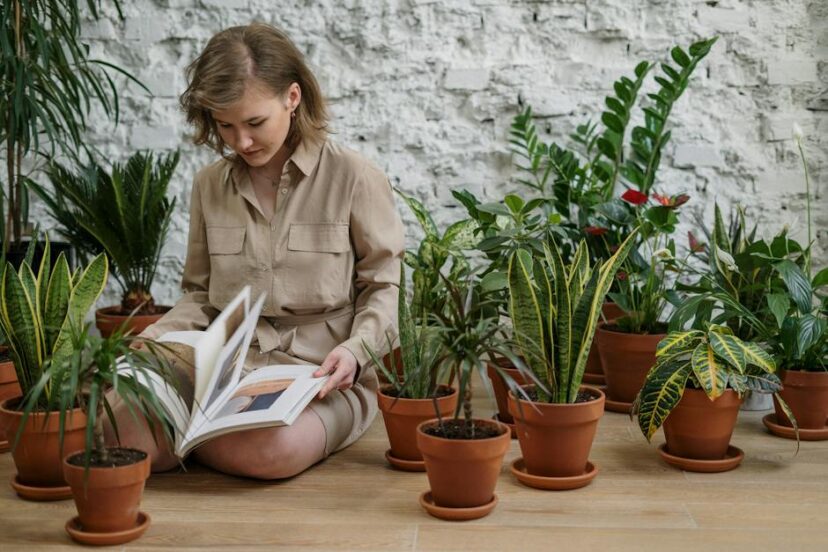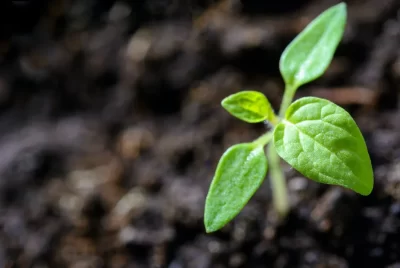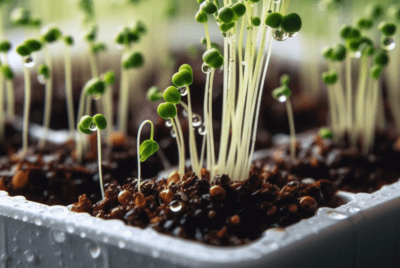Optimal Growth Lights and Conditions for Indoor Microgreens.
Introduction to indoor microgreens
Microgreens are young vegetable greens that are harvested just after the first leaves have developed. They are packed with nutrients and are easy to grow indoors. To grow indoor microgreens successfully, you need to provide them with optimal light and conditions. Microgreens need adequate light to grow, so it’s important to place them near a sunny window or use artificial grow lights. Ensure that the room temperature is around 70°F (21°C) for the best growth. Additionally, make sure to water them regularly and provide well-draining soil to avoid waterlogged roots. By providing the right light and conditions, you can enjoy fresh, nutritious microgreens at home all year round.

Benefits of growing microgreens indoors
Indoor microgreens offer various benefits for home growers. Growing microgreens indoors allows for year-round cultivation, providing a constant supply of fresh and nutritious greens. Additionally, indoor growth helps to avoid potential contamination from outdoor elements, ensuring a cleaner and safer crop. Growing microgreens in controlled conditions also allows for easier monitoring and maintenance of optimal light, humidity, and temperature levels, resulting in higher-quality and more consistent yields.
Moreover, indoor growing eliminates the dependence on seasonal changes and weather conditions, making it a reliable and sustainable option for consistent harvests. The convenience of indoor cultivation also enables growers to have better control over the growth cycle and speed up production, leading to a more efficient and productive operation. Additionally, with indoor cultivation, growers can easily experiment with different varieties and customize growing conditions to suit specific preferences and needs. Overall, indoor microgreens offer a convenient, reliable, and customizable solution for home growers to enjoy a continuous supply of fresh and healthy greens.
Choosing the right growth lights for microgreens
When choosing growth lights for your indoor microgreens, it’s important to consider the following factors:
- Light Spectrum: Microgreens need both red and blue light for optimal growth. Look for full-spectrum LED grow lights to ensure your microgreens receive the right balance of light for photosynthesis.
- Light Intensity: Ensure that the grow lights provide sufficient intensity for your microgreens. Aim for around 200-400 µmol/m2/s for best results.
- Light Duration: Microgreens generally require 12-16 hours of light per day. Consider using a timer to maintain consistent light duration.
- Energy Efficiency: Choose energy-efficient grow lights to minimize electricity costs.
- Adjustability: Opt for lights that allow you to adjust the height and intensity to accommodate the different growth stages of your microgreens.
By considering these factors, you can ensure that you select the right growth lights to promote optimal growth for your indoor microgreens.
Understanding optimal light conditions for microgreens
To ensure optimal growth for your indoor microgreens, it’s essential to understand the best light conditions. Microgreens typically require 12-16 hours of light per day for healthy growth. Natural sunlight is ideal, but if that’s not available, you can use LED grow lights. Position the lights about 2-4 inches above the greens to provide adequate light intensity. Additionally, consider the color temperature of the lights, aiming for 5000-6500 kelvin for optimal growth. Remember, providing the right light conditions is crucial for the successful cultivation of your indoor microgreens.
For even better results, it’s important to monitor the light exposure carefully and make adjustments as needed. Consistency in light duration and intensity plays a key role in the development of vibrant and nutritious microgreens. By paying attention to light conditions, you can ensure that your indoor microgreens thrive and reach their full potential.
Different types of growth lights for indoor microgreens
When growing microgreens indoors, you have a few options for the type of growth lights you can use. Here are the different types you can consider:
- Fluorescent Lights: These lights are cost-effective and work well for growing microgreens. They come in two varieties: T5 and T8. T5 lights are more efficient and provide better light intensity, but they can be more expensive than T8 lights.
- LED Grow Lights: These lights are energy-efficient and produce less heat, making them a great option for indoor microgreens. They are available in various spectrums, including full-spectrum and red/blue spectrum, which are suitable for different stages of growth.
- Incandescent Lights: While not as efficient as fluorescent or LED lights, incandescent lights can still be used for growing microgreens, especially if cost is a concern. However, they produce more heat and may need to be positioned farther away from the plants to prevent burning.
Consider your budget, space, and the specific light needs of your microgreens when choosing the right growth lights for your indoor setup.
Setting up the growth lights for microgreens
To ensure your microgreens thrive indoors, it’s essential to set up the right growth lights. Here are some key points to consider:
- The optimal type of growth lights for microgreens is LED lights, as they provide the right spectrum of light for all stages of growth.
- Proper placement of the lights is crucial. They should be positioned close to the trays of microgreens, about 2-4 inches above the top of the plants.
- It’s important to adjust the light duration according to the specific variety of microgreens you are growing. Generally, providing 14-16 hours of light per day is ideal for most microgreens.
- Keep an eye on the temperature, as excessive heat from the lights can affect the growth of microgreens. Maintaining a consistent temperature of around 70-75°F is optimal.
By setting up the growth lights according to these guidelines, you can create an ideal environment for your indoor microgreens to flourish.
Watering and humidity for indoor microgreens
For indoor microgreens, it’s important to keep the soil evenly moist, but not waterlogged. You can achieve this by lightly misting the soil surface with a spray bottle or watering from the bottom by placing the tray in a shallow water bath for a few minutes. This will help prevent overwatering and ensure even moisture distribution. Additionally, maintaining a high humidity level is essential for the optimal growth of indoor microgreens. You can increase humidity by covering the trays with a plastic dome or using a humidifier in the growing area. Proper watering and humidity levels are crucial for the successful cultivation of indoor microgreens.
Managing temperature and airflow for optimal growth
To achieve optimal growth for your indoor microgreens, it’s crucial to manage temperature and airflow effectively. Proper airflow helps prevent mold and mildew, which can hinder the growth of your microgreens. Additionally, maintaining a consistent temperature between 65°F and 75°F is ideal for most microgreens. This temperature range encourages healthy and vigorous growth, ensuring that your microgreens thrive.
Harvesting and caring for your microgreens
To harvest your microgreens, wait until the first true leaves appear, usually around 7 to 14 days after planting. Use scissors to cut the microgreens just above the soil level. When caring for your microgreens, keep them in a well-lit area, ideally with natural light or under optimal growth lights. Water the microgreens regularly, making sure the soil is moist but not waterlogged. Avoid overwatering, as this can lead to mold and rot. Rotate the trays to ensure even growth, and be mindful of the temperature, aiming for around 70°F. Enjoy your freshly harvested microgreens in salads, sandwiches, or as a garnish for various dishes.
Conclusion and tips for successful indoor microgreens
To ensure successful indoor microgreens, it’s essential to place the trays of microgreens under optimal growth lights for approximately 12-16 hours a day. Consistent watering with a spray bottle and proper ventilation are also crucial for healthy growth. When harvesting, use sharp scissors to cut the microgreens just above the soil level. Additionally, remember to sanitize all equipment between crops to prevent the spread of diseases. For continuous production, sow new trays of seeds every few days or weeks, depending on your consumption needs.
FAQ’s on Optimal Growth Lights and Conditions for Indoor Microgreens
- What type of lights are best for growing indoor microgreens?
LED grow lights are the most efficient option for growing indoor microgreens. They provide the necessary spectrum of light for plant growth and are energy-efficient.
- How far should the grow lights be from the microgreens?
It is recommended to hang the grow lights 6-12 inches above the microgreens to ensure they receive enough light for optimal growth.
- What are the ideal temperature and humidity levels for indoor microgreens?
The ideal temperature for indoor microgreens is between 60-75°F, while the humidity levels should be around 50-60% for best results.
- Do microgreens need ventilation when grown indoors?
Yes, proper air circulation is important for the health and growth of indoor microgreens. Make sure to provide adequate ventilation to prevent issues with mold and mildew.
- How often should I water my indoor microgreens?
It is essential to water indoor microgreens regularly, keeping the growing medium moist but not waterlogged. Typically, watering once or twice a day is sufficient, depending on the specific needs of the microgreens.



